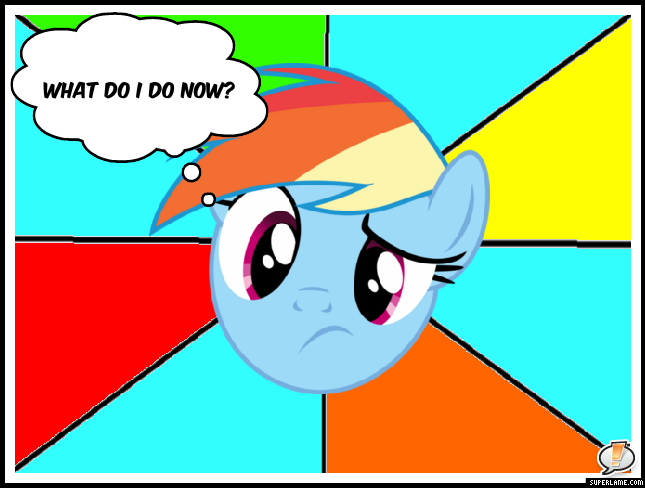After years of being told that you shouldn’t use “I” or other personal pronouns in your essays, you get to break all the rules! Here come the personal pronouns! Finally, a topic that is actually interesting to you: YOU!
The excitement is building, you actually might not procrastinate this time. You’ve got your fingers on the keyboard, jittering to get started, but… wait… How do you write a personal narrative essay anyway?
And, how do you make it good?
Never fear. I’ll help you understand how a personal narrative essay works and how you can write it well enough to make your audience gasp in awe and surprise.
What Is a Personal Narrative Essay?
Personal narrative essays come in all shapes and sizes, but what they have in common is that they should be about you.
In a nutshell, writing a personal narrative essays means sharing an experience from your life to create an emotional reaction in your reader–reactions such as laughing out loud, tears, frustration, disappointment, etc.
By drawing people in and making them relate to you as a character, your readers will invest their time more readily into your story.
Most often, your instructor will give you a topic to work from, topics such as “explain a time when you had to make a difficult decision” or “talk about an experience you had that was similar to what happened in the book we just read.”
Using the topic your instructor gives you, narrow down the personal experiences that fit. While you’re thinking, write your ideas down on paper, or tell the story out loud to get an idea of how it might come out on paper.
Once you have 5 to 10 ideas, think about which ones would
- be fun for you to write
- make your audience interested in the story
- fit the topic best
- be meaningful to you
- have enough material to meet your word or page count
- not be too long of a story to write in detail
After you rate the topics you came up with using those qualifications, you can choose from the narrowed down list and start thinking about the details you need to include. Writing an outline of what your experience entailed is a great way to keep you on track as you write the first draft.
Need more help thinking of a topic? Check out these personal narrative essay examples!
One of the Best Villains and Essay Tactics Ever to Exist: (The) Hook
While you might be throwing the conventions for using personal pronouns in formal essays out the window (this essay is about you, after all), that doesn’t mean that you should leave all your writing strategies by the wayside.
You still have to hook your reader into the story from the beginning. Give them something shiny to look at, and rope them into your devious plot (*maniacal laughter ensues*).
So, great. Give readers the hook. What does that mean? It might be easier to show you.
Imagine this is the opening sentence in a personal narrative essay:
I typically eat olives in the afternoon and dislike Peter Pan. I am a bad man who doesn’t treat his villainous pirate crew very well. One time, I captured Tinker Bell, and she got pretty mad.
Do you think you would want to keep reading this story?
Pretty dry for a beginning of a story, even if it is from the perspective of Captain Hook. Well, let’s try this again.
While eating olives in the middle of the afternoon, I thought I heard a sound. Looking up from the knots I had been studying in the wooden table, I glanced around, wary for signs of that dastardly Peter Pan. Having assured myself that the sound had been a trick of my mind, I reached for another olive only to find that someone had taken all of them.
A bit more interesting, right? Wouldn’t you want to know more?
When writing your personal narrative essay, you’ll want to lead your readers on and get them interested in your story from the get-go. You can do that by throwing them right into the middle of your story and giving the minute (but relevant!) details of the scene so they can imagine what’s going one.
Make your story so involved and intriguing that they forget they are reading at all.
Keeping Your Audience Interested with Imagery
You might be tired of hearing the age-old advice, “show, don’t tell,” but that definitely applies to personal narrative essays.
When you’re showing the reader, you give detail that makes them feel like a part of the story. Telling the reader, on the other hand, means that you simply state the events that happened without engaging them in the story.
Let me give you some examples. This is what telling might look like:
I broke my pen, and the ink went everywhere. I was sad.
And, this is what showing might look like:
As I wrote my apology on the lined paper, I did not realize how hard I was pressing on the pen. I heard the pen crack, and ink gushed onto my fingers, the table, and the paper, ruining the halfhearted apology before I could even send it.
In the second example, you get more information about the speaker’s surroundings, the mess of ink, and clues about what the speaker might be dealing with.
Rather than reveal your emotions outright, flavor your story with actions—using verbs, adjectives, and (sometimes) adverbs—that give the reader a distinct idea of how the speaker feels.
For instance, in the second example, the words “halfhearted” and “apology” give much more information about the scene and the speaker than the word “sad” does in the first example.
Giving Enough Details in Your Personal Narrative Essay
Do you have one of those friends who starts telling a story and just assumes that you understand certain things they fail to mention?
Does she think you can read her mind?
Don’t be one of those people when you’re writing your personal essay.
The last thing you want to do in your personal narrative essay is confuse your readers. That means you have to give them all the background information they need to understand your personal narrative. Do you need to clarify some lingo? Do you need to explain how your family members are related to you?
That doesn’t mean you have to spell it all out . Here are some ways to give your readers more details about your story and further involve them:
- Use dialogue
- Add descriptions of the scene that apply to the story
- Include a flashback if you need to go into the past to explain something
- Explain the significance of particular items or people within your story
Again, keep the “show, don’t tell” rule in mind, but make sure that all the pieces of the story are there. To test out the fluidity and logic of your personal narrative essay, read it to someone without context.
Reading it out loud will also help you catch typos and silly grammatical errors.
Concluding Your Personal Narrative Essay
You would expect the last episode of the fourth season of Game of Thrones to end on a cliffhanger, but your personal narrative essay likely won’t have a sequel to explain the rest of what happened. You are responsible for writing the ending.
This is your chance to tie up loose ends, reiterate “the point” of your personal narrative essay (why the story is important or how it impacted your life), and drive home any emotion you want to leave the reader.
Fortunately, Kibin has some great tips on writing concluding paragraphs for personal narrative essays that you can look at if you are stumped.
If you need even more help with learning how to write a narrative essay, check out How to Write a Narrative Essay That Stands Out.
Once you’re finished with the first draft, the expert editors and fine-tuners at Kibin can help you edit your personal narrative essay and leave you comments about how you can make your writing even more interesting.
Good luck!


